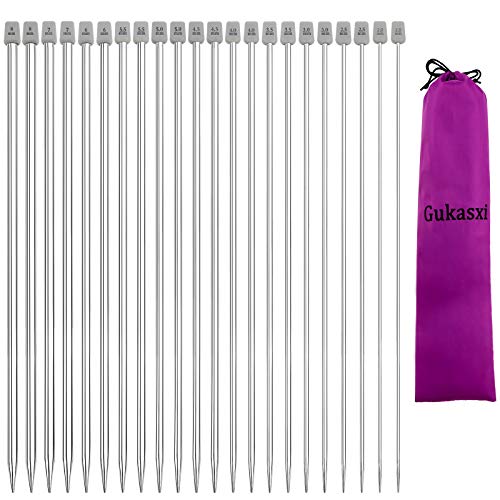The Importance of Knitting Needles for Lace Knitting
Lace knitting requires a lot of attention to detail and a delicate touch. The right knitting needles can make all the difference in creating the right stitches and achieving the desired look. There are a variety of knitting needles to choose from, but which ones are best for lace knitting?
Circular Needles for Lace Knitting
Circular needles are a popular choice for lace knitting because they allow for easy movement of stitches while keeping them secure. They are also great for larger lace projects, as they can hold more stitches than straight needles. Circular needles come in different lengths, from 16 to 60 inches, so you can choose the size that works best for your project.
Lace Needles for Delicate Stitches
Lace needles are specifically designed for lace knitting and have a pointier tip, making it easier to work with delicate yarn and intricate stitches. They come in both straight and circular styles, but are most commonly used in circular form. Lace needles also tend to be thinner in diameter than traditional knitting needles, allowing for finer detail work on your lace project.
Double-Pointed Needles for Small Projects
While circular needles are great for larger lace projects, double-pointed needles are perfect for smaller, more intricate projects, like lace shawls or mittens. They come in sets of four or five, and are used to knit in the round, creating seamless pieces. The pointy ends of double-pointed needles make it easy to get into tight spaces and work with your lace yarn.
Metal or Wooden Needles for Lace Knitting
The material of your knitting needles can also make a difference in achieving the right look for your lace project. Metal needles are slick and allow for the yarn to slide easily, which can be helpful when working with intricate stitches. Wooden needles, on the other hand, have a natural grip that can help to hold your stitches in place. Ultimately, the choice of material depends on personal preference and what works best for you and your project.






